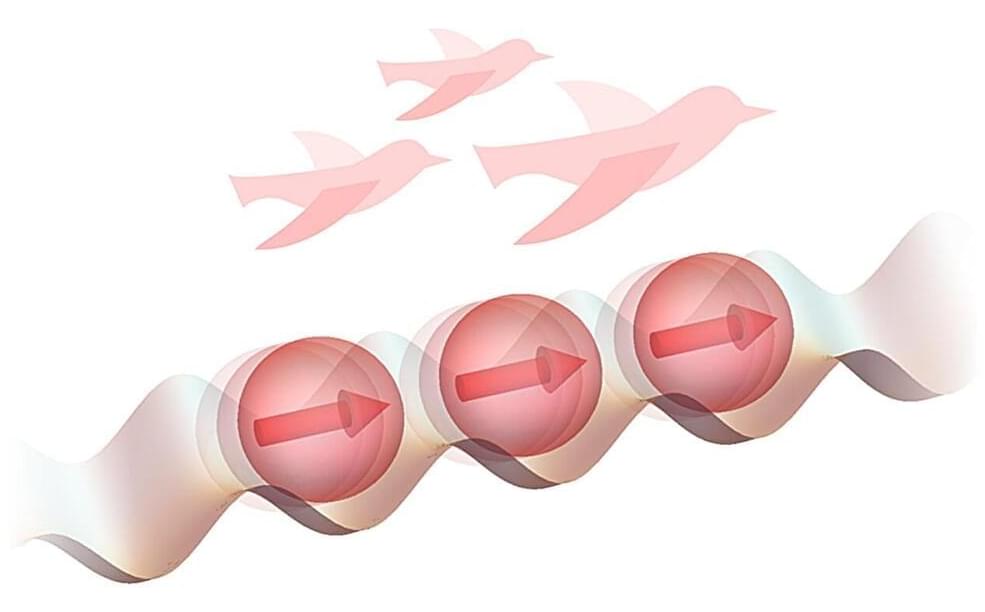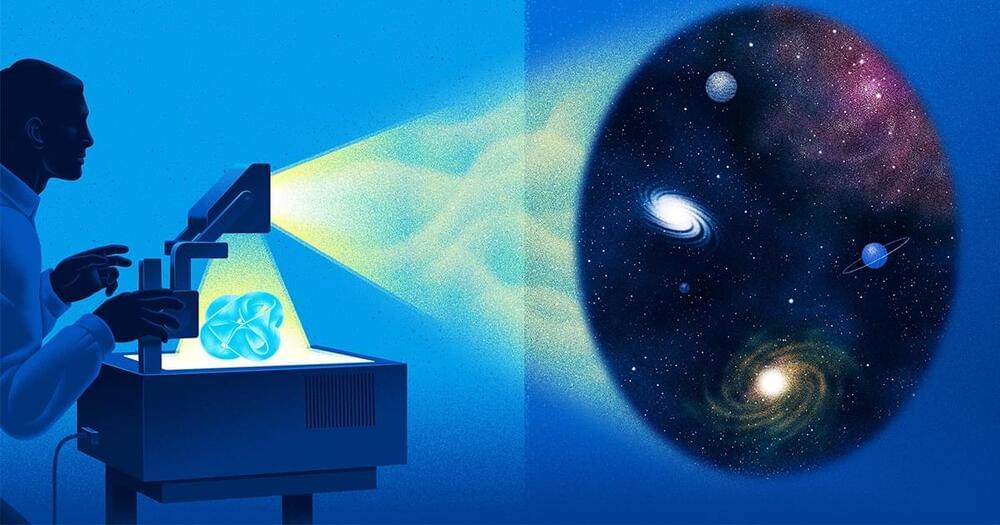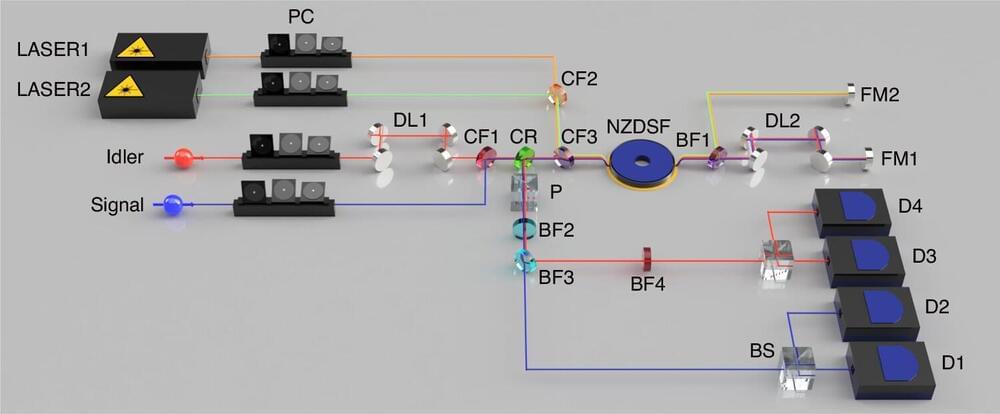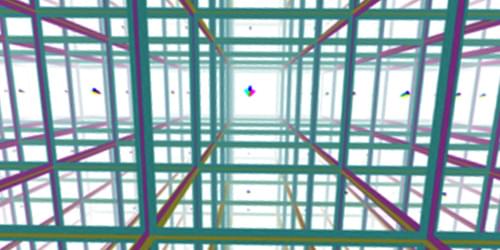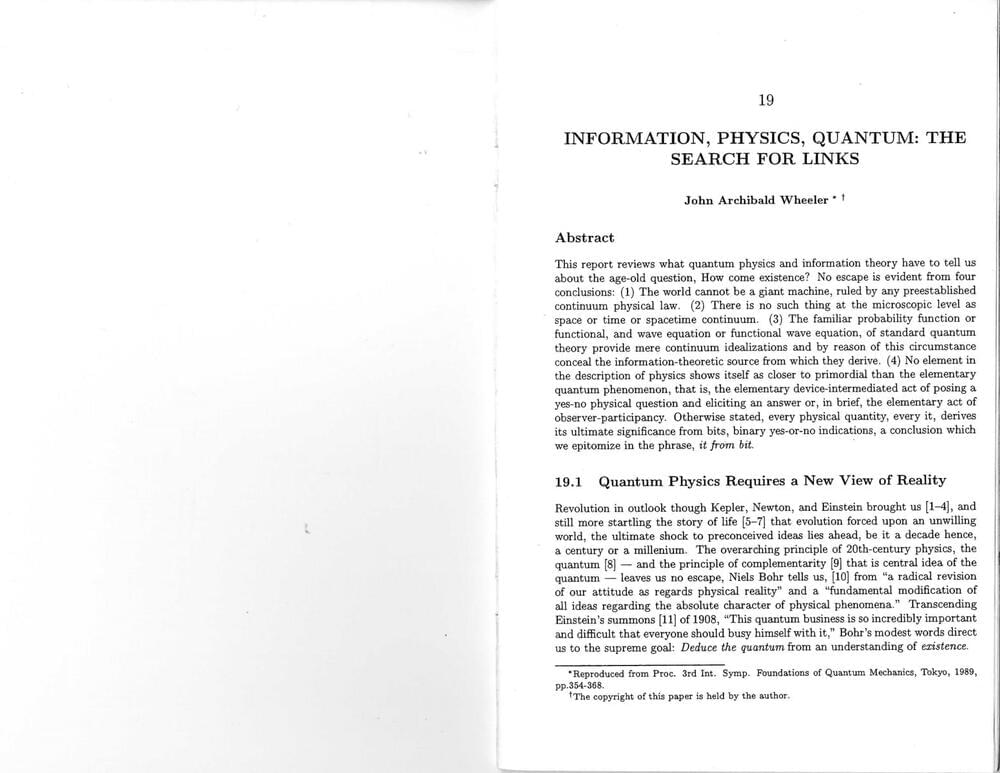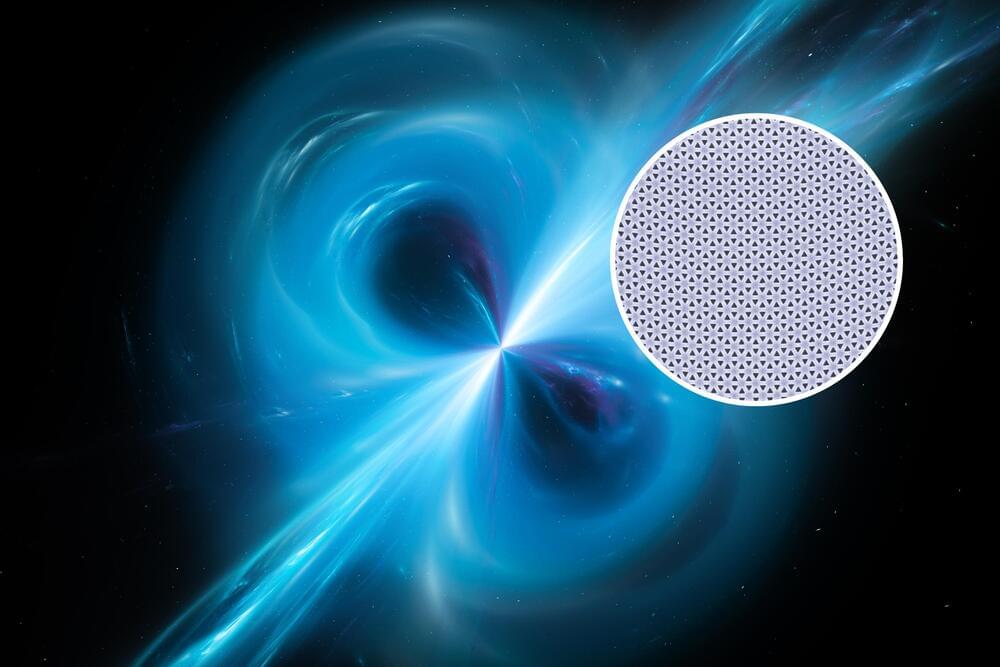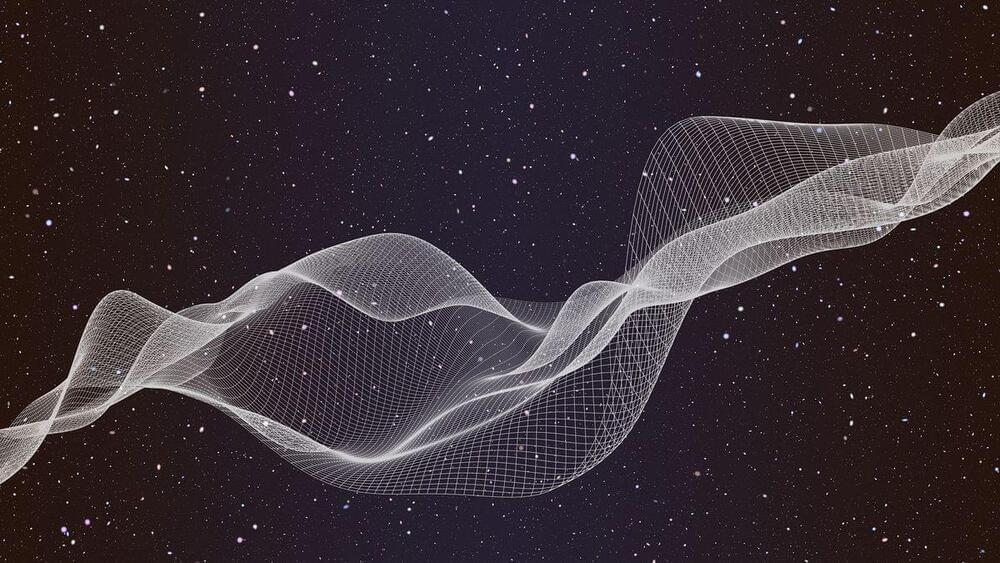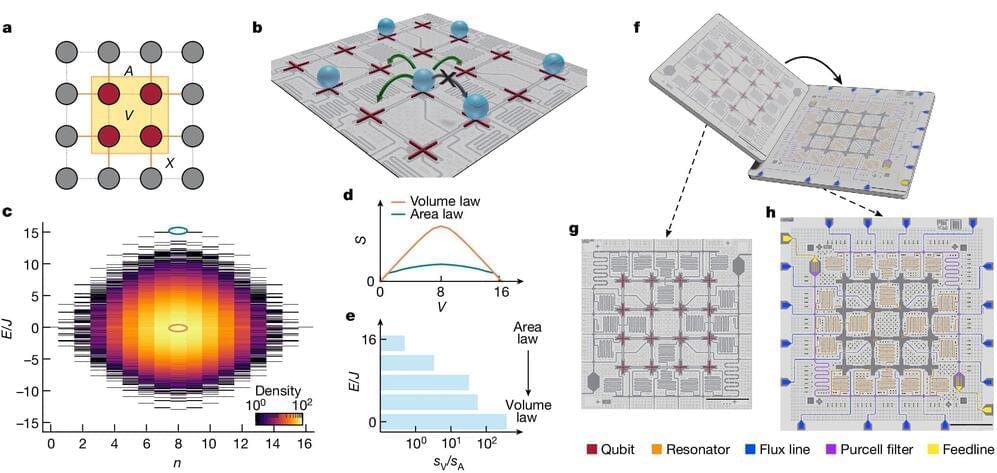Researchers Kazuaki Takasan and Kyogo Kawaguchi of the University of Tokyo with Kyosuke Adachi of RIKEN, Japan, have demonstrated that ferromagnetism, an ordered state of atoms, can be induced by increasing particle motility and that repulsive forces between atoms are sufficient to maintain it.
The discovery not only extends the concept of active matter to quantum systems but also contributes to the development of novel technologies that rely on the magnetic properties of particles, such as magnetic memory and quantum computing. The findings were published in the journal Physical Review Research.
Flocking birds, swarming bacteria, cellular flows. These are all examples of active matter, a state in which individual agents, such as birds, bacteria, or cells, self-organize. The agents change from a disordered to an ordered state in what is called a “phase transition.” As a result, they move together in an organized fashion without an external controller.
